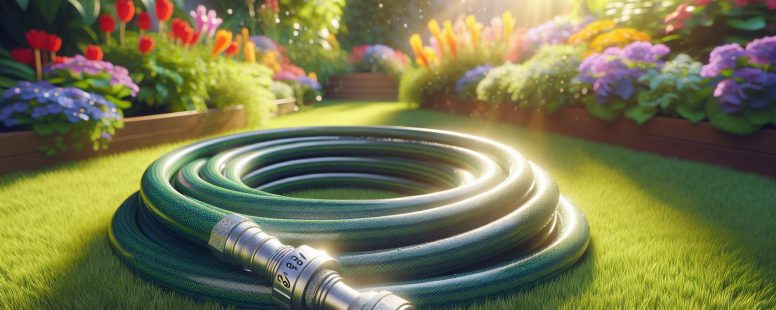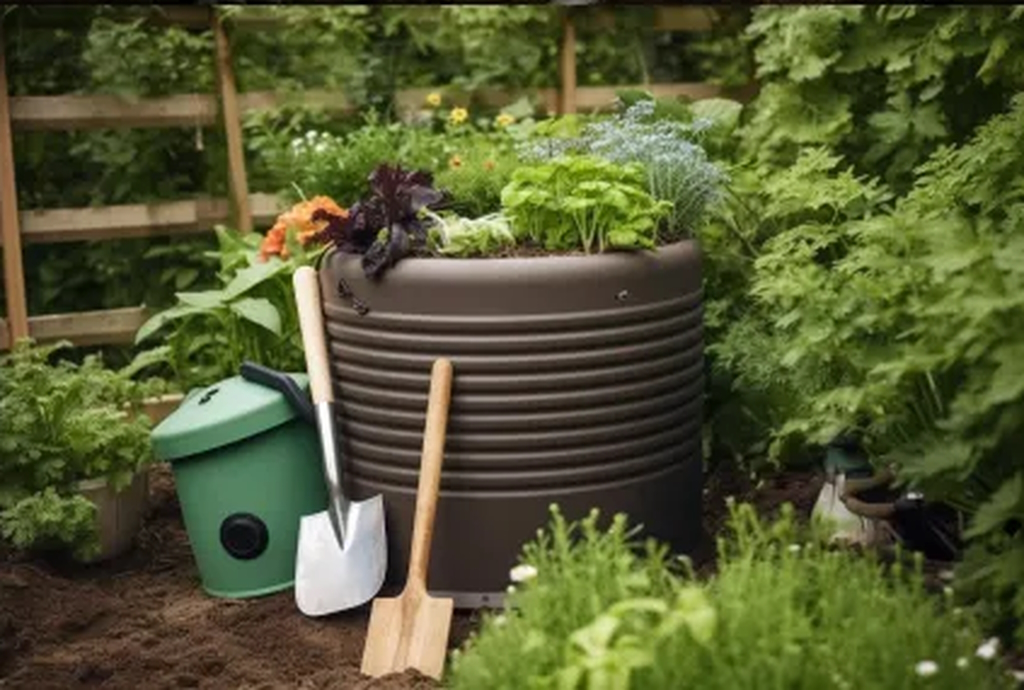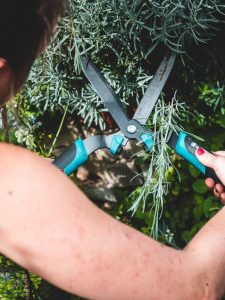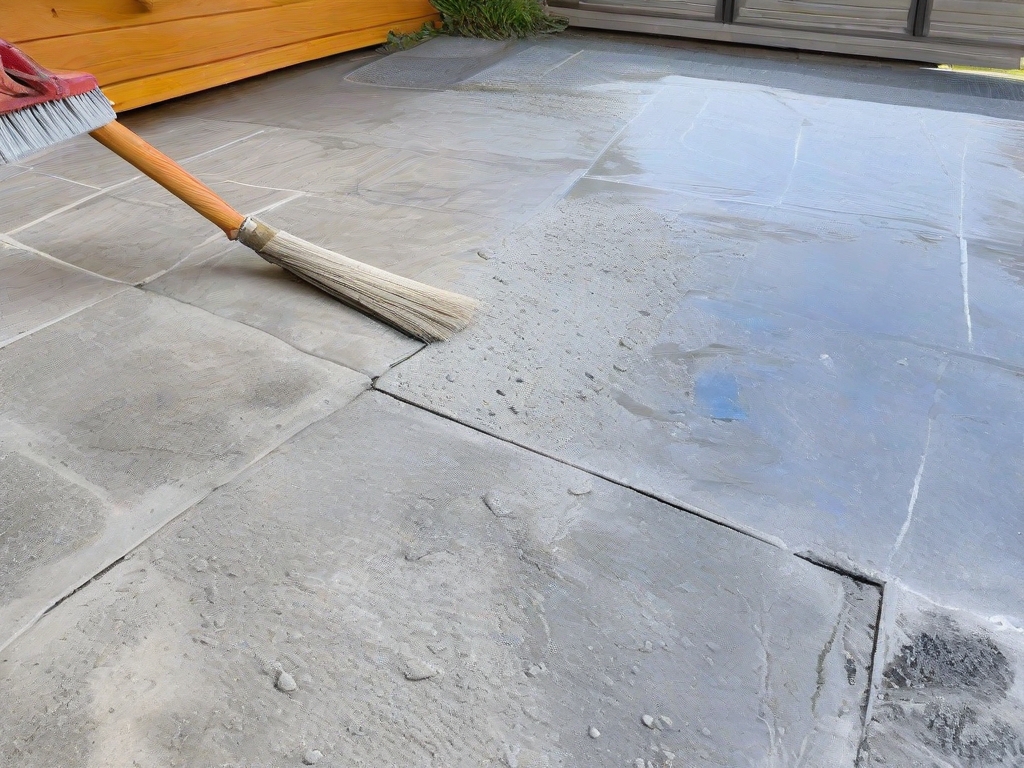What Is the Most Common Garden Hose Size? Find the Best Fit for Your Needs
Understanding Garden Hose Sizes
Garden hoses come in various sizes, impacting water flow and pressure. Knowing which size fits your needs saves effort in garden maintenance.
Importance of Choosing the Right Size
Selecting the right hose size ensures adequate water flow for tasks like watering plants and cleaning. If you pick a size too small, water pressure might decrease if your hose is long. Standard sizes include 1/2-inch, 5/8-inch, and 3/4-inch diameters. Among these, 5/8-inch hoses are most common due to their balance between water flow and handling ease.
- Water Flow Needs: For watering large areas, larger diameter hoses like 3/4-inch may provide better water flow.
- Hose Length: Longer hoses may require larger diameters to maintain pressure.
- Fittings Compatibility: Match the hose size with available spigots and attachments for optimal performance.
- Purpose: Determine if you’ll use the hose for heavy-duty cleaning tasks or simple garden watering.
The Most Common Garden Hose Size
Identifying the most common garden hose size can simplify your gardening tasks and enhance efficiency. Among the standard options, the 5/8-inch diameter stands out due to its optimal water flow and ease of use.
Standard Diameter Options
When choosing a garden hose, consider its diameter because it determines water flow. The most popular diameters include:
- 1/2-inch: Ideal for light tasks like watering small gardens. It’s lightweight but may limit water volume.
- 5/8-inch: The most common size, balancing water pressure and maneuverability, suitable for various tasks.
- 3/4-inch: Best for heavy-duty tasks requiring higher water volume, though heavier and harder to handle.
Popular Lengths for Garden Hoses
The length of a garden hose affects reach and convenience. Common lengths range from 25 to 100 feet. Use a 25-foot hose for small patios, while a 50-foot one suits medium-sized gardens, and 100 feet covers extensive lawns. Choose based on your garden’s scale, ensuring it reaches the farthest points without sacrificing water pressure.
Pros and Cons of Common Hose Sizes
Choosing the right garden hose size impacts water flow and pressure management faster. The right diameter ensures your gardening tasks remain efficient and seamless.
Advantages of Common Sizes
- 1/2-Inch Diameter: Offers lightweight and flexible use. Ideal for small gardens and light tasks, this size conserves water and suits low-pressure systems. It’s perfect if you enjoy flexibility and easy handling.
- 5/8-Inch Diameter: Strikes a balance between flow rate and usability. The most popular size among homeowners, it provides sufficient water flow for most gardening tasks. You’ll find it effective for watering mid-sized gardens without compromising on ease of use.
- 3/4-Inch Diameter: Facilitates higher water volume. Suited for heavy-duty tasks, it efficiently waters large gardens or fills pools. Though heavier, its superior flow rate makes it a top choice for intensive watering projects.
- 1/2-Inch Limitations: Not suitable for high-water volume tasks. Lower flow rate might not support large gardens, requiring longer watering sessions. If you’re tackling bigger jobs, consider alternatives.
- 5/8-Inch Challenges: May seem cumbersome for extended uses in tight spaces. While versatile, its weight can become noticeable during prolonged handling.
- 3/4-Inch Constraints: Increases hose weight and storage needs. Potentially challenging to maneuver, especially in smaller areas. This size might create water pressure issues with standard home water systems.
Comparing Different Hose Sizes
Explore how different garden hose sizes impact water flow and usability, helping you make informed decisions for your gardening needs.
Performance Differences
Garden hoses vary in diameter, affecting water pressure and flow rate. A larger diameter, like 3/4-inch, offers higher water volume ideal for heavy-duty tasks. In contrast, a 1/2-inch hose is lighter and more flexible but may not support larger volume needs. The 5/8-inch hose provides a good middle ground, balancing ease of use with sufficient water flow for most gardening activities. To optimize performance, consider your specific watering requirements and the tasks at hand.
Suitability for Various Applications
Different hose sizes suit different applications. For instance, a 1/2-inch hose is perfect for small gardens or car washing where high pressure isn’t necessary. The 5/8-inch hose excels in medium-sized gardens, offering a blend of maneuverability and adequate watering capacity. Meanwhile, a 3/4-inch hose is best for expansive gardens or jobs needing a significant water volume, like filling pools or extensive cleaning projects. Select your hose based on the size of your garden and the intensity of your watering tasks to ensure efficiency and convenience.
Tips for Choosing the Right Garden Hose
Selecting the perfect garden hose involves various factors. Considering your gardening needs and maintenance preferences ensures optimal performance.
Considering Your Garden’s Needs
First, think about your garden’s size and water demands. Have a small garden? A 1/2-inch hose may be ideal because it’s lightweight and easy to maneuver. For medium-sized gardens, a 5/8-inch hose provides a good balance of pressure and versatility. Larger areas often benefit from a 3/4-inch hose due to its higher water capacity.
Next, evaluate the water source and pressure. Most residential faucets support up to 5/8-inch hoses without significant pressure loss. If your setup involves higher water demands, go for a larger diameter hose. Also, consider the distance from the water source to your target area. Longer hoses require larger diameters to maintain pressure.
Remember to account for your specific activities. Watering plants, washing cars, and filling pools might require different hose specifications. Match the hose size to its primary purpose for efficient usage.
Maintenance and Storage Considerations
Proper maintenance extends a hose’s lifespan. After each use, drain the hose completely to prevent damage from residual water. Store it in a cool, shaded area to avoid UV degradation; reel or hang it to prevent kinks.
Contrast hose materials for durability. Rubber hoses withstand harsh conditions and resist kinks, but they’re heavier. Vinyl hoses are lighter, yet they may wear out quicker when exposed to extreme conditions. For a balance, consider a reinforced hose combining both materials.
Before purchasing, think about storage tools. Hose reels save space and reduce wear by preventing kinks. Wall-mounted and portable reels offer different features suited to your setup. Choose one compatible with your space to maintain tidiness and accessibility.
Conclusion
Choosing the right garden hose size is essential for effective gardening and cleaning. By understanding the impact of hose diameter and length on water flow and pressure, you can select the best option for your needs. The 5/8-inch diameter is a popular choice, offering a balance of water flow and ease of handling for most garden tasks. But, consider your garden size and specific activities when making your decision. Proper maintenance and storage will extend your hose’s lifespan, ensuring it remains a reliable tool in your gardening arsenal. With these insights, you’re well-equipped to choose and care for the perfect garden hose.
- Decorating Your Backyard with Homemade Birdhouses: Creative Ideas to Attract Birds & Beautify Your Garden - October 3, 2025
- Creating Stepping Stones with Kids: A Fun Backyard Project for Family Bonding and Creativity - October 3, 2025
- Where Can I Sell Pottery Locally? Best Places and Tips for Selling Handmade Ceramics - October 3, 2025




